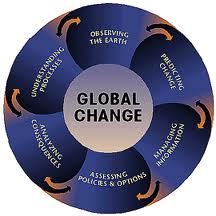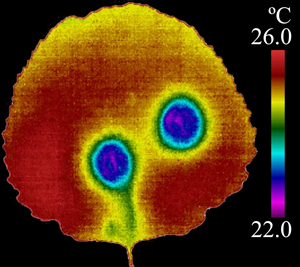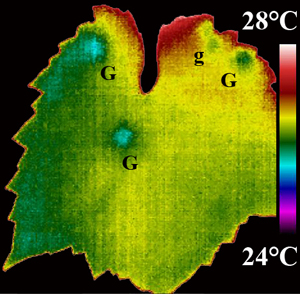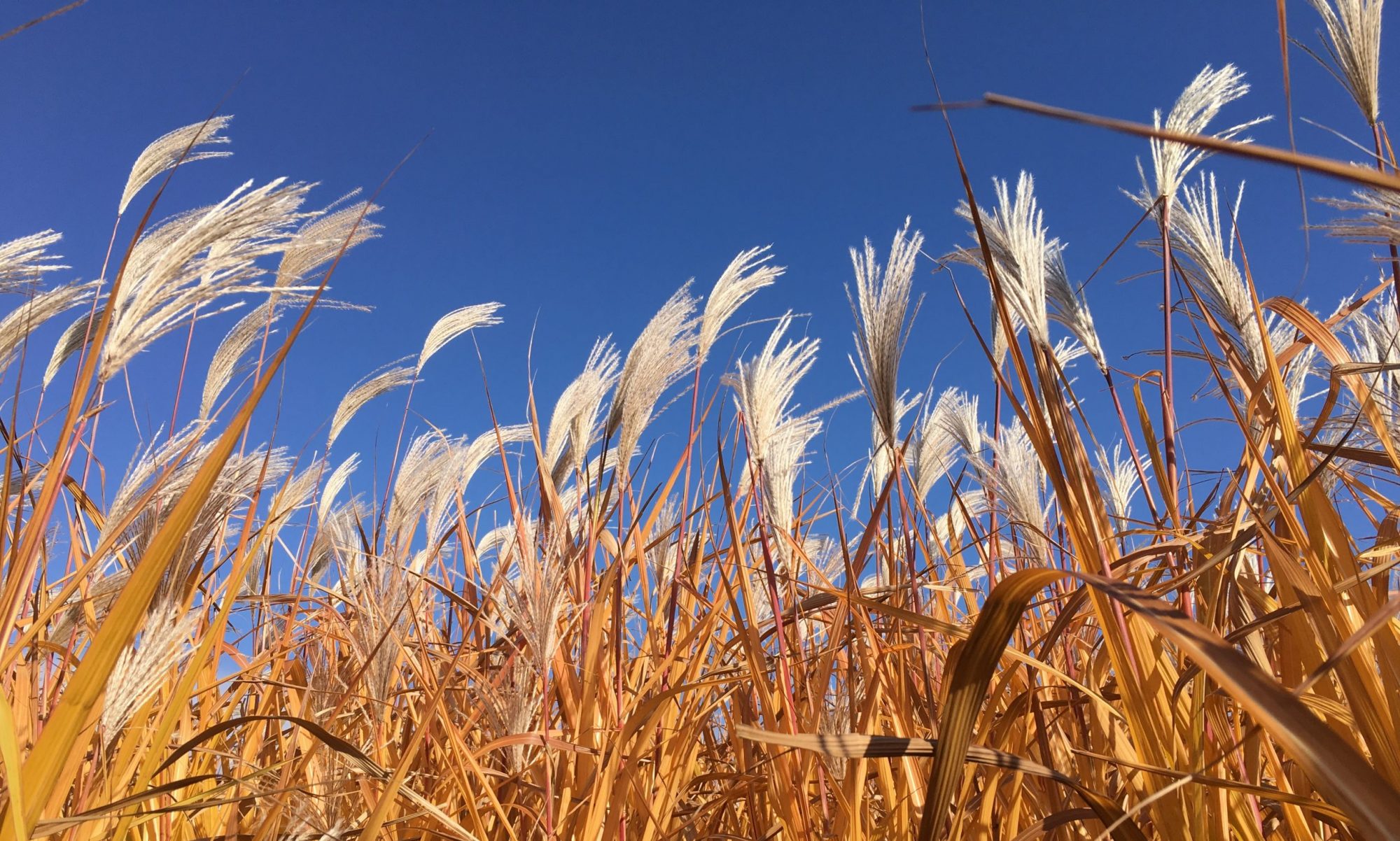

Modulation of plant-insect interactions by global change in a soybean agro-ecosystem
Increasing atmospheric CO2 and temperature are fundamentally changing the interactions between crops and pest insects. The three-way interaction between CO2, temperature and herbivory is complex, raising questions as to how global change will affect food security. Growth under elevated CO2 is known to compromise the ability of soybean to induce effective defense against Japanese beetles (Popillia japonica) in the form of cysteine protease inhibitor by suppressing production of the phytohormone jasmonic acid. How elevated temperature will alter responses to CO2 remains unknown, however. This research will be guided by two hypotheses that address key aspects regulating herbivory and insect population growth: 1) by compromising plant defenses and increasing insect metabolism, the combination of elevated CO2 and temperature will act synergistically to increase herbivore damage; 2) increasing winter temperature will differentially affect overwintering mortality of beetle larvae depending on baseline soil temperatures. Measurements of herbivory, gene expression, hormones and defenses in soybeans will be measured in the unique SoyFACE (soybean free air concentration enrichment) experiment at UIUC, where atmospheric CO2 and temperature are manipulated under natural conditions in replicated field plots and measurements of temperature effects on beetle protease activity will be measured in the laboratory. This research can inform predictive models of how future atmospheric conditions will affect soybean growth and productivity in the presence of herbivores and will identify targets for breeding to enhance food security in the face of rapid global change.

Molecular and biochemical mechanisms underlying a parasite-plant interaction
Parasites dramatically alter host behavior, physiology, and morphology to enhance their fitness while reducing the health and productivity of hosts across kingdoms. In plant hosts, viral, bacterial, and insect parasites reduce productivity by altering protodermal cell fate, sequestering nutrients, and reducing defenses. Because these changes are directly linked to parasite fitness, they are hypothesized to serve as an extension of the parasite’s phenotype; i.e., host manipulation is driven by parasite genes. The molecular basis for host transformation is known for only a few bacterial species (e.g., Agrobacterium) and is the focus of current research in evolutionary biology and ecology, with direct application to improving human health and agricultural productivity.
Our lab has previously characterized how arthropod parasites gall makers on plants (debatably herbivores) transform the component processes of photosynthesis to alter the surrounding leaf (host) environment. Using chlorophyll fluorescence and thermal imaging we surveyed Eastern hardwood tree species and found tissues adjacent galls generally suffer reduced efficiency in electron transport and enhanced transpiration flux (see Aldea et al. 2006). Thus gall formation decreases photosynthetic efficiency while stimulating xylem transport to the developing sink. To test this effect in the context of climate change, we surveyed arthropod damage on Northern Aspen trees at Aspen FACE and found a slightly different story. Galls formation impaired photosynthetic efficiency within the gall tissue but did not alter electron transport in adjacent non-galled tissues. However, gall formation stimulated transpiration while galls were actively growing (in the spring) and this enhanced cooling was reduced in galls growing under elevated CO2 (see Nabity et al 2011). This suggests stomata efflux modulates the sink strength of galls and the increasing environmental CO2 conditions may attenuate the impact of these galls on leaf physiology while enhancing the selective environment for gall-host manipulation.
Recently we surveyed the spatial patterns of gall formation in Vitis species and, again, saw a subtle enhancement in transpiration. This time, however, gall induction resulted in the formation of adaxial stomata in an otherwise hypostomal plant species. Stomata moderate gas exchange from the environment to mesophyll tissue within the leaf, and directly alter resource availability to the host by regulating photosynthetic carbon gain and transpiration. Gall-induced stomatal formation provides a unique opportunity to test the extended phenotype hypothesis and determine if stomata enhance resource availability in response to parasitism (to serve the parasite), or in defense of parasitism, (to serve the host).
